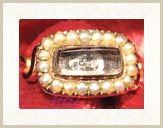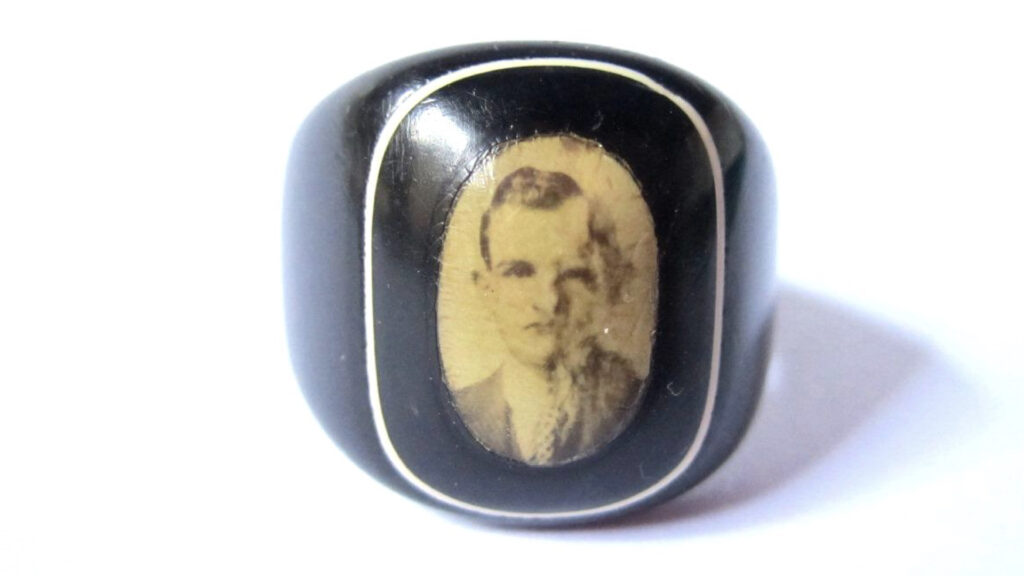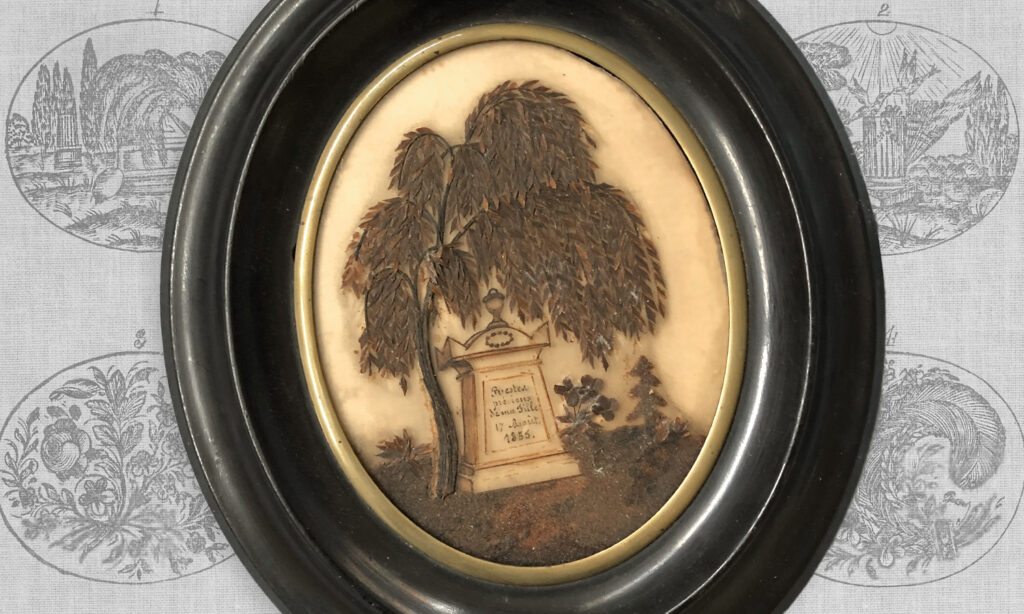Faux Friday: Spotting

Understanding forgeries in jewellery is often a difficult task which requires extensive knowledge of both the history of forgeries and the context of the relevant piece. As new technologies provide easier means of selling pieces without having the ability to touch and examine the piece, the ability to sell obvious forgeries is increased. Dealers are less accountable for their wares and the world market becomes populated with forgeries which pass through many hands.
Having said that, the most important aspect of mourning and sentimental jewellery is that they are personal and are unique to the person who created them. There is not one singular repository of information for every piece ever made and not every piece was created from a catalogue. The person who commissioned a piece may have chosen to go again popular fashion to construct a piece and infuse it with their own sense of personality and taste to make it individual for them.
The lack of comprehensive catalogue and the individual nature of mourning and sentimental jewellery means that evaluating pieces can be fraught with danger and modern day subjectivity. One important element of evaluating pieces is that the jewellery historian must not place modern values towards a piece in order to understand it and make a false assumption about its age. Also, more often than not, oddities exist which defy almost every form of convention. Style revivals with memento mori symbolism, the difficulty of evaluating the artwork in a neoclassical piece (which is more akin to pure art evaluation) and justifying when a popular style dictates the piece are all perilous areas to grasp.
This series of posts will deal with items which raise more questions than they answer!






